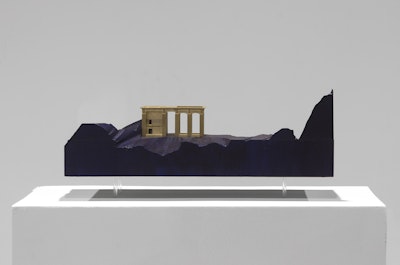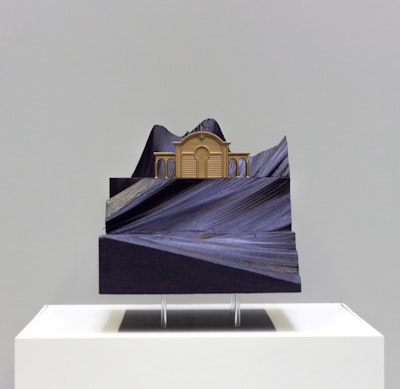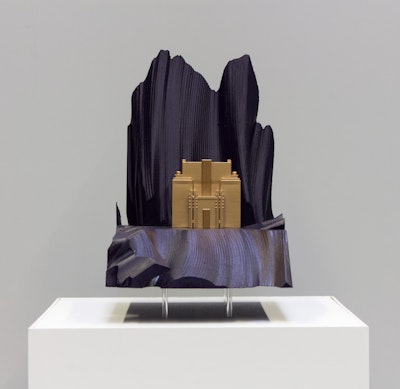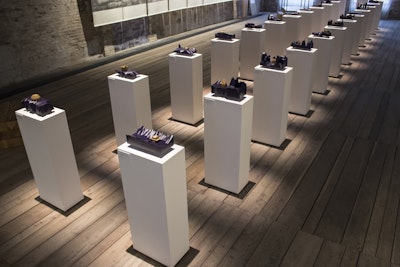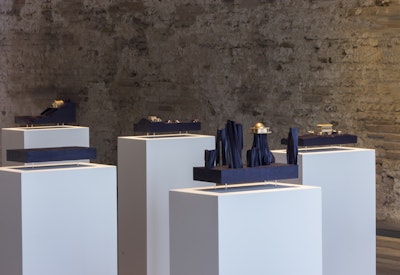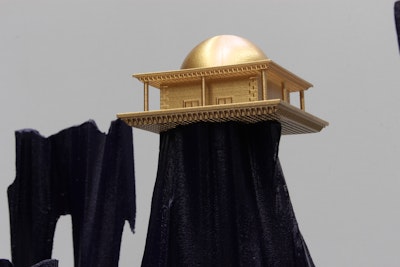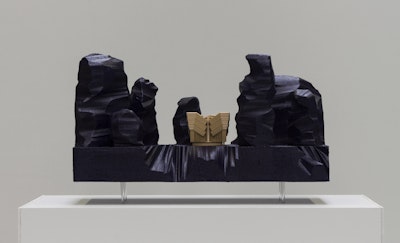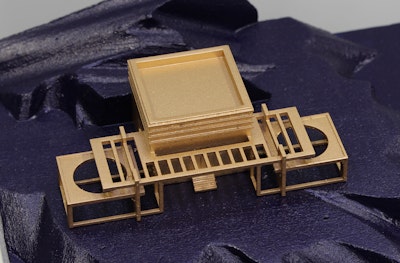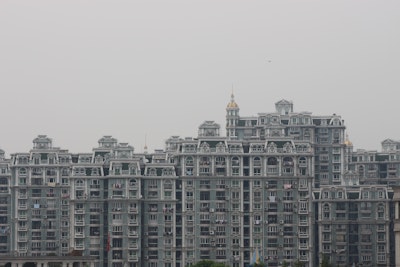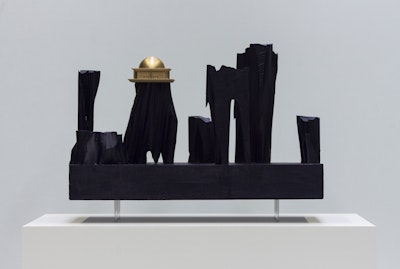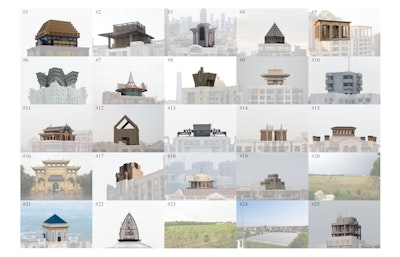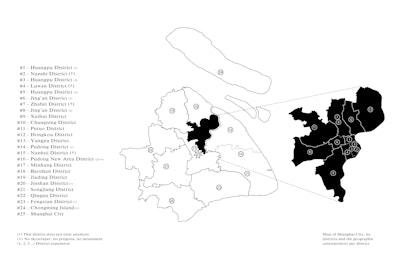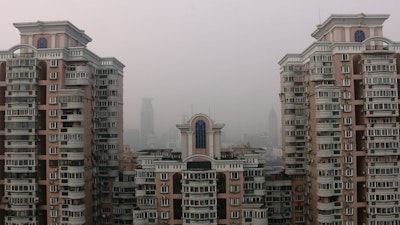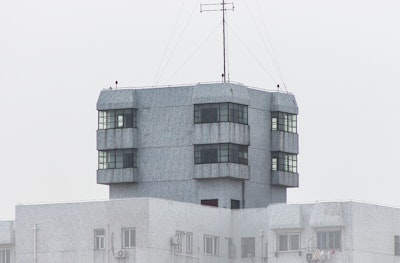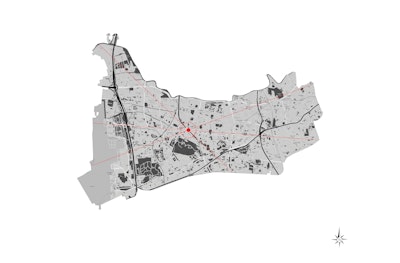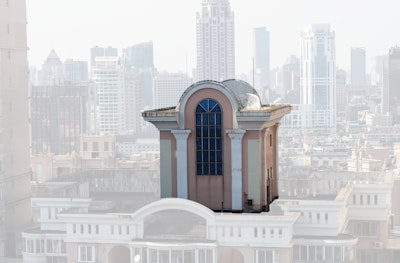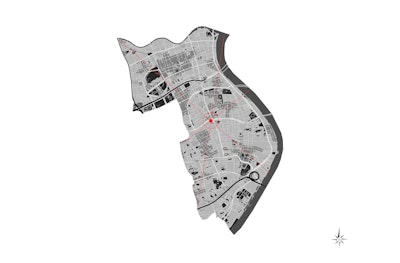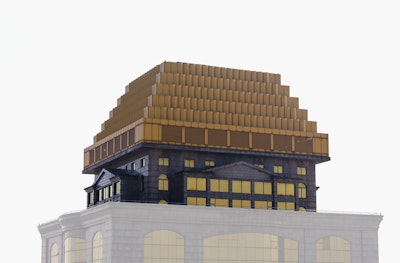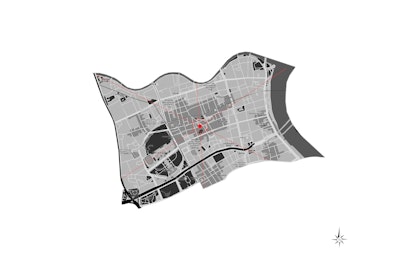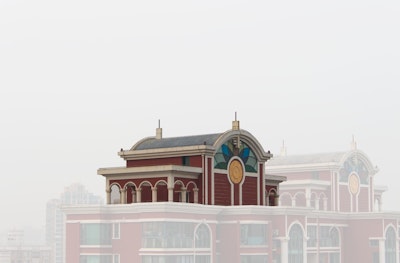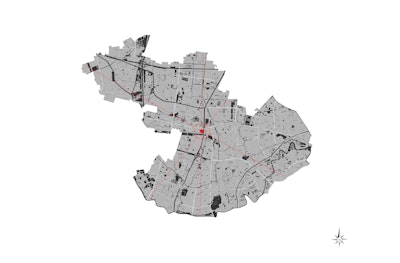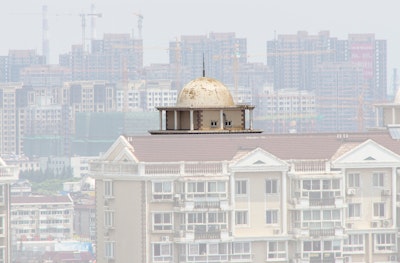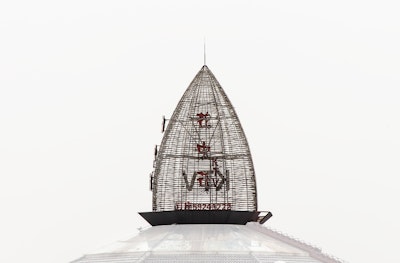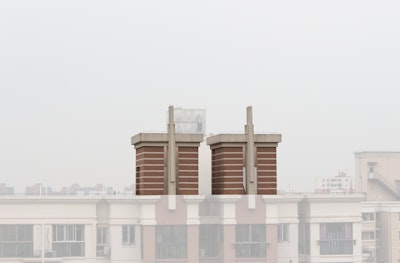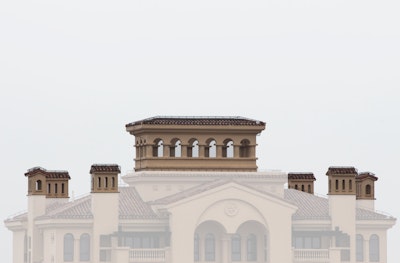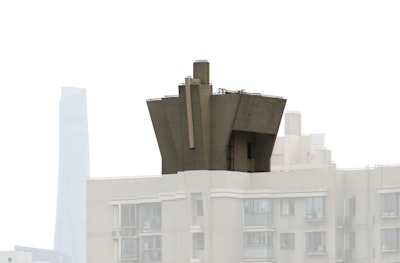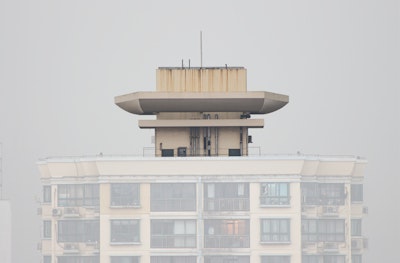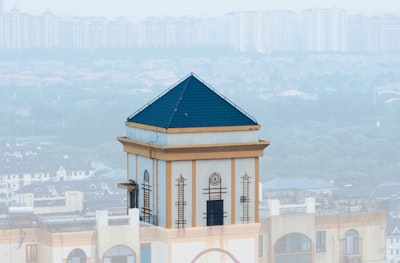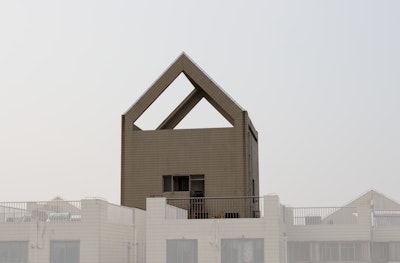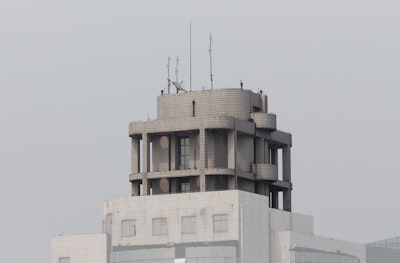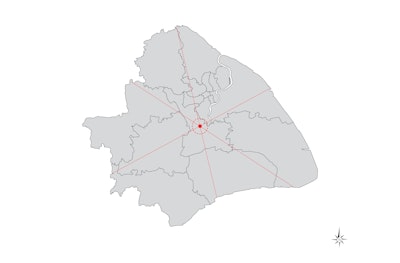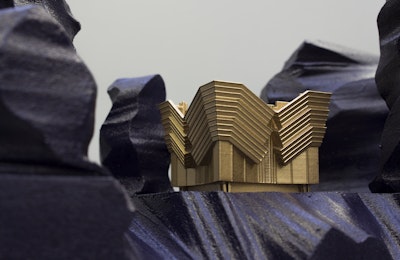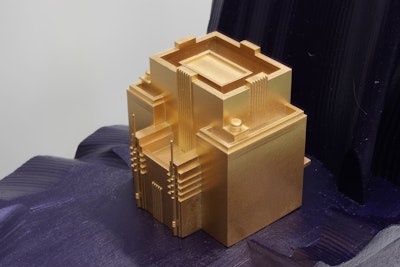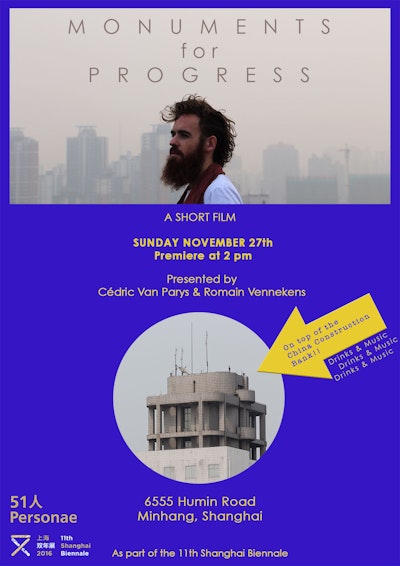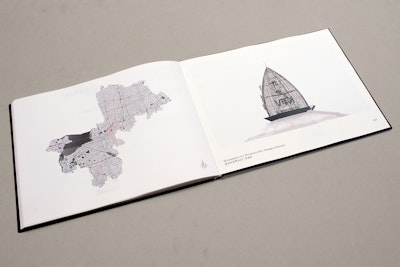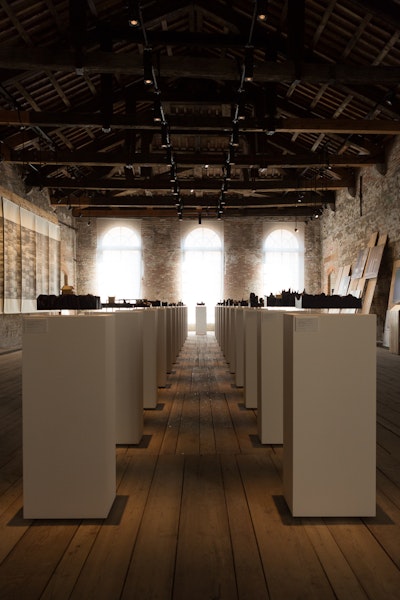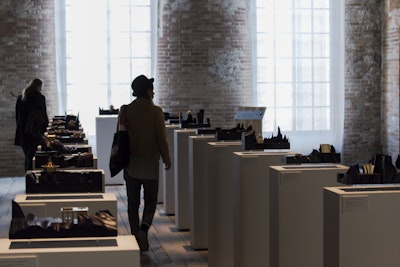Celebrating Shanghai's rooftop culture while gloriously representing the city’s breakneck progress since China’s economic accelerations in the early 1990’s.
Monuments for Progress
Location: Shanghai Biennale 2016 and Venice Art Biennale 2017.
Year: 2016 - 2017
Program: Research / Sculpture / Installation / Exhibition
Status: Completed
Supported by: Swatch Group
Documentary: Romain Vennekens.
Many thanks to: Carlo Giordanetti, Chen Yun & Lu Liang
Introduction
Introduction
Over a period of ten months, Cédric travelled to all the different corners of Shanghai, seeking the architectural landmarks that gloriously represents the city’s breakneck progress since China’s economic accelerations in the early 1990’s. Researching Shanghai’s urban development and architectural history, while living and experiencing the city, has directed him towards a number of mysterious monuments, located on top of the metropolis’ skyscrapers. This installation—presented in Sala d’armi, Arsenale, at the 2017 Venice Art Biennale, and created during his time at the Swatch Art Peace Hotel—is the result of a system that was projected on top of Shanghai’s urban network, to select a series of ‘monuments’ that truly represent the city’s history, present and future.
Urban Analysis
Urban Analysis
Shanghai’s rapid expansion over the past three decades produced an extremely dense landscape of high-rises. The roofs of these skyscrapers are topped off with rich ornamental structures. Logos for otherwise standardized and simply dull buildings? Yes, but In China, the roof has always been of great cultural importance.
Shanghai has a unique architectural history. Before being the economic center of the current capitalist-communist regime, the city was occupied and inevitably influenced by French, English, American and Russian architectural aesthetics. Thus, in an attempt to upgrade the status of the building— by adopting and merging these different styles—these crowns became landmarks, monumentalizing Shanghai’s colonial history and economic progress of the last 30 years.
In order to make an unprejudiced selection of these ‘monumental structures’, a strategy was developed based on one of Shanghai’s most radical reform policies; The District Boundary Adjustments, an urban policy implemented by the Shanghainese government during the second stage of economic reform in the early 1990s. This policy allows the government to merge districts at any given moment. Since then, multiple geographic alterations have shaped, and are still rapidly changing Shanghai’s, urban, economic and social landscape. A district on a map is defined by its contours and has one central point/location; the geographical center. Choosing the districts geographic centerpoint as a guideline to select those rooftop monuments shows how urban progress and political decision-making is shaping and changing the city’s landscape. When districts merge or boundaries change, a new geographic centerpoint emerges. As such the districts are, and the city is continuously transforming. I visited these centers in each district and catalogued (Photography, video) the landmarks on top of the skyscrapers in those particular locations.
Monuments for Progress
Monuments for Progress
Through Isolation and decontextualization these structures/icons are liberated from the massive pedestals underneath and are reproduced into MONUMENTS. This project attempts to highlight the combination of western and eastern architectural influences that have shaped Shanghai’s skyline. Each structure, pagoda or temple represents progress and international exchange.
These representations are presenting an alternative perspective on Shanghai’s progress of the last decades. But they also illustrate that next to the traditional monument’s purpose to represent the ritual, memory and identity of a community, a monument can also be the image of progress.
The landscapes—inspired by traditional San Shui paintings—not only elevate the monuments, they also refer to ancient Chinese architecture which was rooted in , and grew from the landscape.
Documentary & Book launch
Documentary & Book launch
Documentary maker Romain Vennekens, followed and recorded my travels on this “Vertical Road-trip” through the city of Shanghai. Together with Graphic Designer Lu Liang, a catalogue was produced.
Both were released on the rooftop of the China Construction bank, as part of the “51 Personae” program of the 2016 Shanghai Art Biennale, Curated by Chen Yun.
57th Venice Art Biennale
57th Venice Art Biennale
The 25 monuments for progress were presented as an installation in the Arsenale on the 2017 Venice Art Biennale. The theme of this Biennale is “Viva Arte Viva” Curated by Christine Macel.
“Christine Macel has called it an Exhibition inspired by humanism. This type of humanism is neither focused on an artistic ideal to follow nor is it characterised by the celebration of mankind as beings who can dominate their surroundings. If anything, this humanism, through art, celebrates mankind’s ability to avoid being dominated by the powers governing world affairs. These powers, if left to their own devices, can greatly affect the human dimension, in a detrimental sense. In this type of humanism, the artistic act is contemporaneously an act of resistance, of liberation and of generosity. The role, the voice and the responsibility of the artist are more crucial than ever before within the framework of contemporary debates. It is in and through these individual initiatives that the world of tomorrow takes shape, which though surely uncertain, is often best intuited by artists than others.Viva Arte Viva is an exclamation, a passionate outcry for art and the state of the artist. Viva Arte Viva is a Biennale designed with artists, by artists and for artists.”
Gallery
